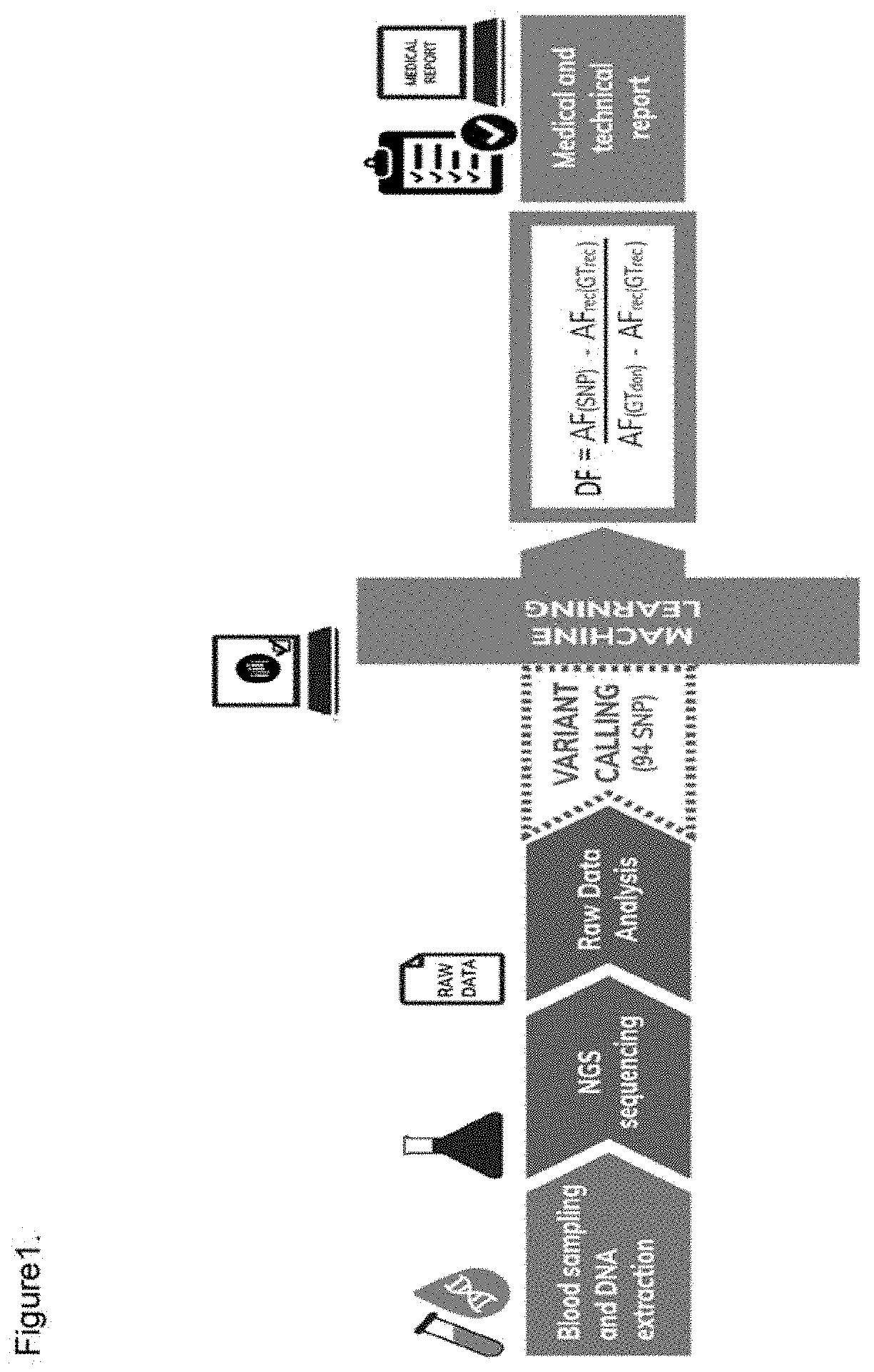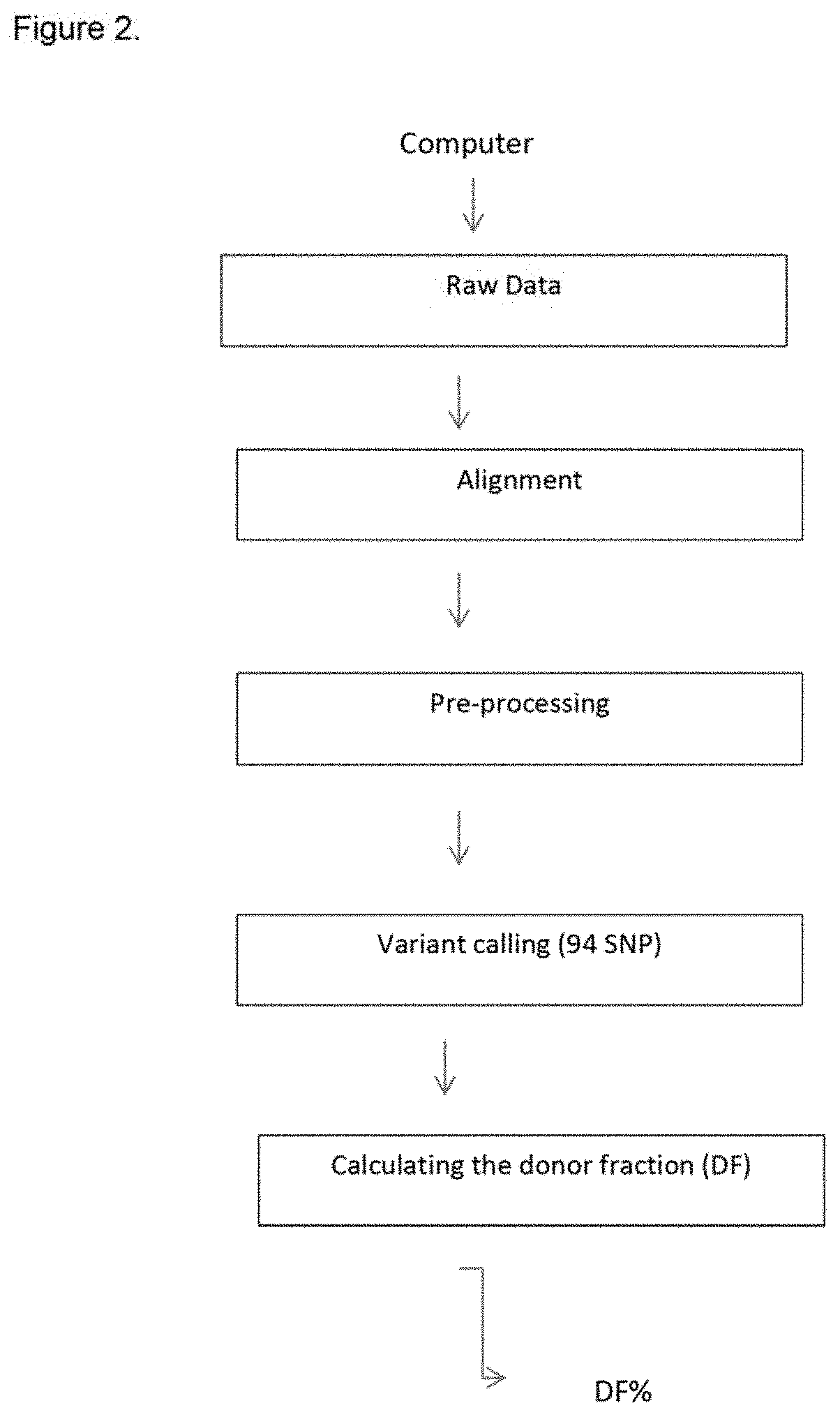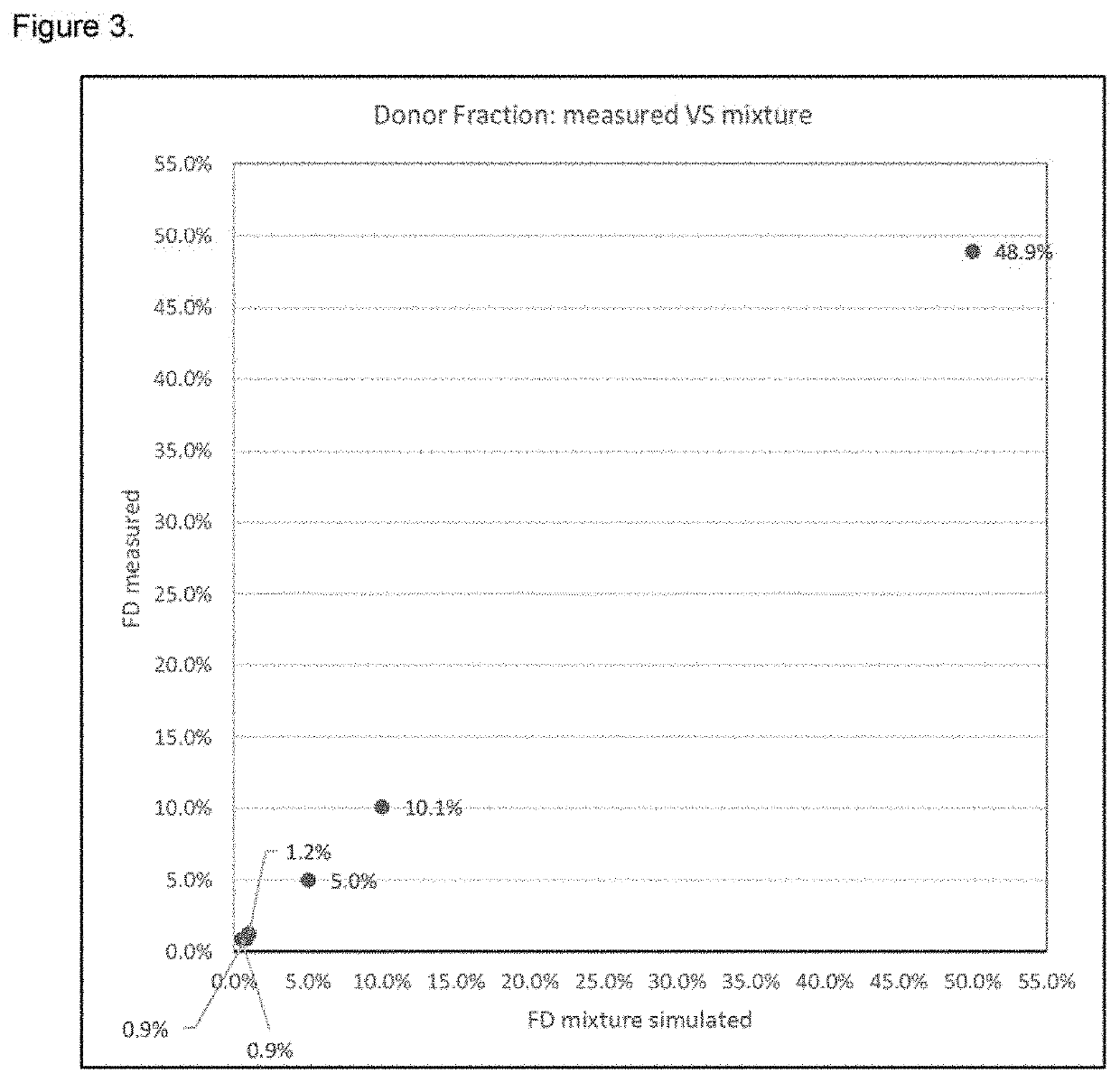Independently on the organ transplanted,
graft rejection is a major open problem for these patients, occurring when the graft is recognized as foreign, attacked and rejected by the recipient's
immune system, causing cellular damage and
graft failure.
a)
tissue biopsy, that is an
invasive procedure by which tissue cells are taken directly from the transplanted organ. This procedure carries several critical aspects: risk for patients, uncomfortable to be performed by doctors, expensive, feasible with
sedation or
anesthesia in an
hospital setting, samples could be taken on unaffected graft tissue because rejection process is often focal and the number of samples taken per procedure is limited (from 5 to 8), with at least one non informative sample because it is possible to take a sample that is not included in the rejected area (useless).
b) biomarkers, whose efficiency varies for different organs and are dependent from patient features. For example approximately 50% of the function of the
transplanted kidney can be lost before measurable increase of serum
creatinine (
kidney biomarker), depending on sex,
muscle mass, or ethnicity. Conventional tests for
liver function do not specifically assess acute cellular rejection (ACR).
Moreover, an episode of rejection occurring during the first year, even when apparently successfully treated, confers higher two-year and four-year mortalities in those surviving beyond the first year, and generates independent risk factors for allograft vasculopathy (1).
The EMB is an invasive technique and suffers from inter-observer variability, high cost, potential complications, and significant patient discomfort (3).
Due to very low rates of rejection on surveillance EMB beyond 5 years, there is increasing
consensus that EMB beyond 5 years have little usefulness in
asymptomatic patients.
Furthermore, due to sampling error related to the patchy nature of acute rejection, variability. in the interpretation of histological findings and non-routine screening for
antibody-mediated rejection, ‘
biopsy negative’ acute rejection (hemodynamic features suggestive of significant acute reject but apparently normal EMB) is reported to occur in up to 20% of patients.
Substantial inter-observer variability exists in the grading of heart biopsies, and acute rejection may be missed when taking small samples of
myocardial tissue, owing to the inhomogeneous distribution of inflammatory infiltrates and graft damage.
Furthermore, EMB is invasive, with an associated
complication rate of approximately 0.5% (including myocardial perforation, pericardial
tamponade, arrhythmia, access-site complications and significant tricuspid regurgitation) (5), it is expensive and it is disliked by patients, factors that prevent more frequent procedures and, thus, limit optimal
titration of immunosuppressive therapy.
The procedure is particularly challenging in very small infants.
However, said procedure is very invasive with an associated risk for the patient, has an inter-observer variability, needs hospitalization and a high specialized staff and depends on patient's health status.
Due to the above features, the
gold standard (EMB) does not reach efficient screening and
transplantation surveillance: not suitable for kids and for patients with critical physical condition, increase of the hospital saturation problem, procedure complex and time-consuming, and it involves several risks for the patient.
They used Next Generation Sequencing (NGS) technique, sequencing the whole
genome, with a considerable slowdown of
process time and subsequent bioinformatic analysis.
They concluded that the method was very specific (93%) but costs due to the high number of the SNPs markers used and implementation difficulties were concrete obstacles to translate these findings in clinical practice.
The method was not suitable for routine use because of the need to have specific gender (
male to female) donor / recipient pairs.
The accuracy of ddPCR was very promising, but the costs and the preparation time are very limiting.
Furthermore, it has been observed that said method it has the limit to be dependent on the technology of the digital droplet PCR, and it is difficult to be reproduced if the data of different laboratories are compared.
Furthermore, the calculation of the percentage of the donor-derived
cell-
free DNA with respect to the recipient
cell-free
DNA in WO2015 / 138997, is determined on the basis of the variance in the SNP allelic distribution, by comparing said
allele distribution to the expected homozygous or heterozygous distribution patterns which may be affected by sequencing errors or PCR artifacts, resulting in low precision of the final result.
However, said methods are costly, require a long preparation, sequencing and analysis time and they need to know the
genotype of the donor, which is not often accessible, or are subjected to the calculation of thresholds of significance for the
inference of the presence of rejection, due to starting
hypothesis on the presence or absence of donor cfDNA.
 Login to View More
Login to View More 


